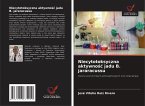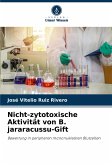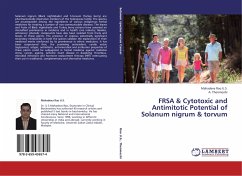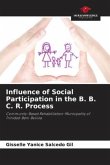Ophidian venoms are biological resources of important pharmacological value. In addition to the small number of antiviral drugs, numerous pathogens develop mechanisms to escape the action of drugs, resulting in increasing rates of resistance. Biomolecules contained in ophidian venoms have been shown to have high therapeutic value and could be used as antimicrobial agents. The aim of this work is to evaluate the non-cytotoxic activity of crude venom isolated from Bothrops jararacussu in peripheral blood mononuclear cells. In this study, mononuclear cells from healthy donors were separated. After activating the cells with phytohemagglutinin and interleukin-2, different concentrations of the venom were added to assess its non-cytotoxic activity. This study paves the way for new research aimed at identifying the antimicrobial activities of crude venoms and their fractions.
Bitte wählen Sie Ihr Anliegen aus.
Rechnungen
Retourenschein anfordern
Bestellstatus
Storno








